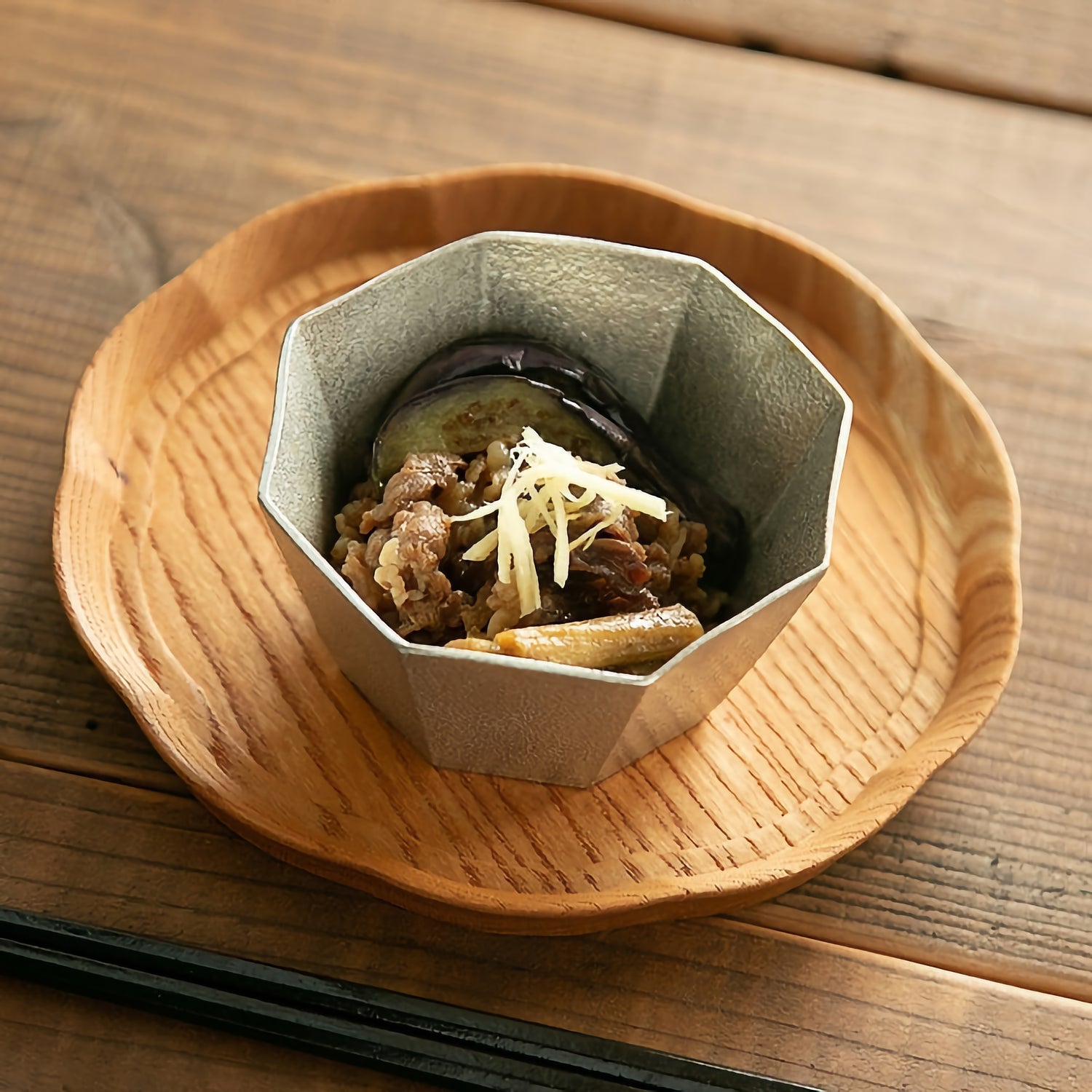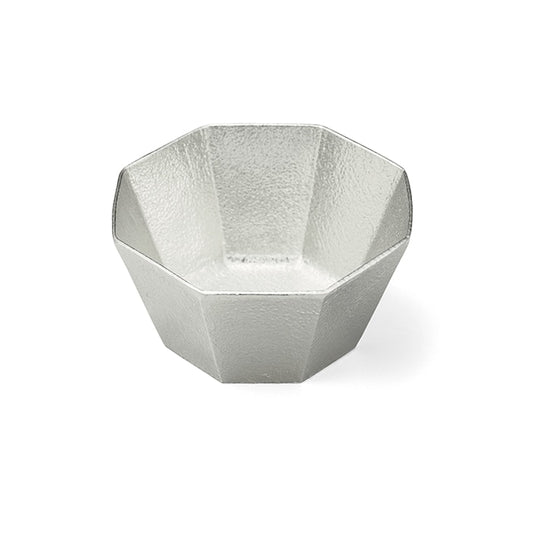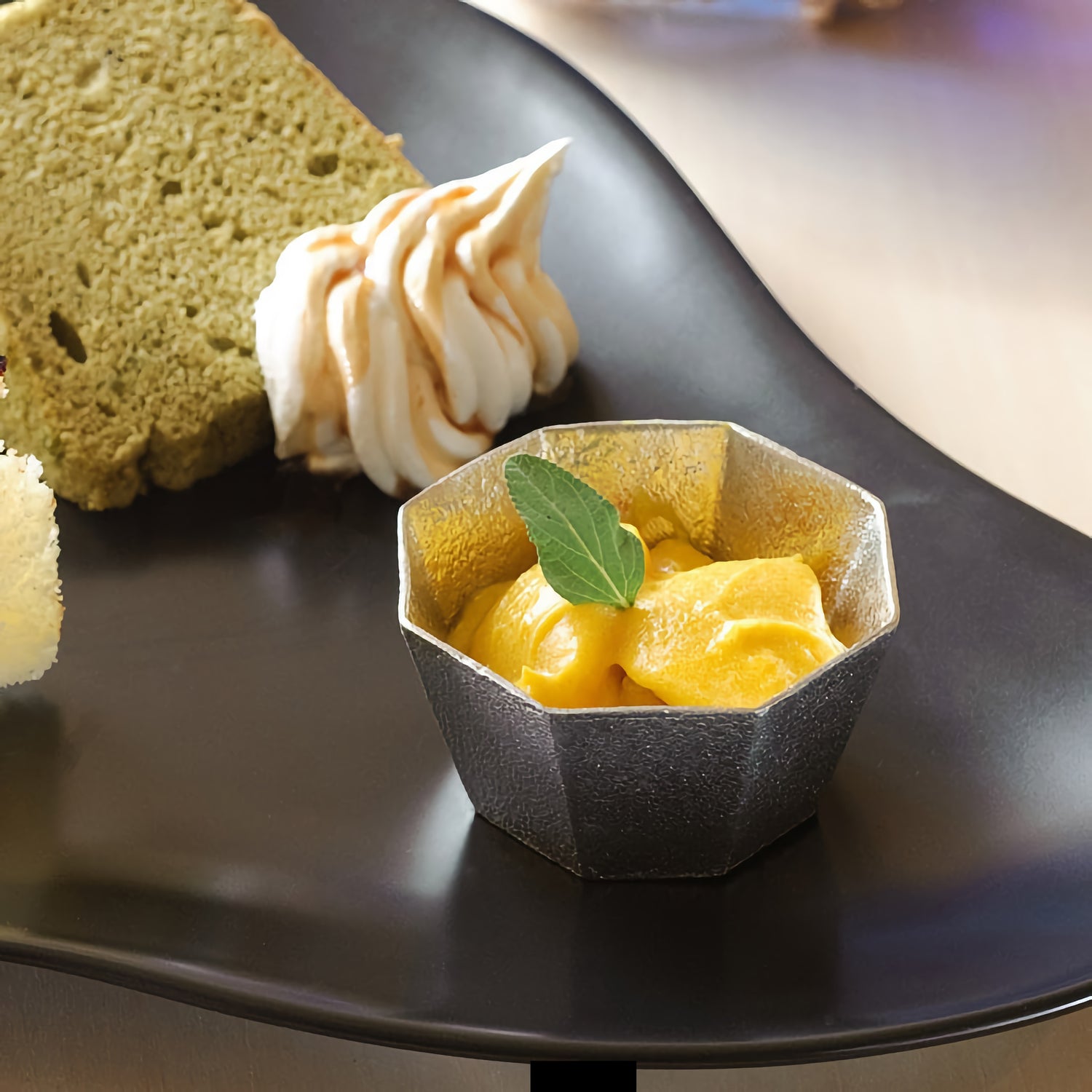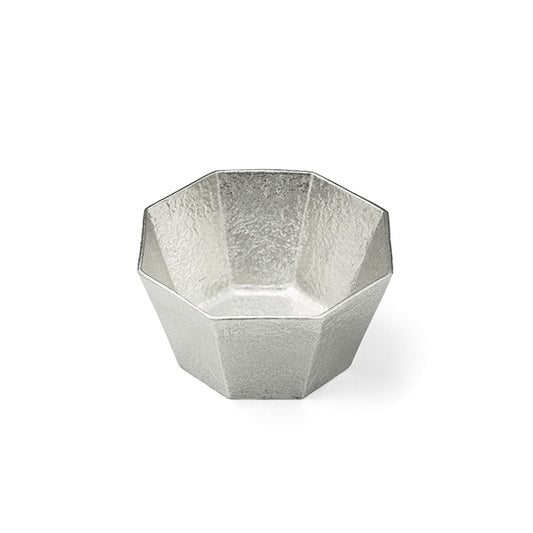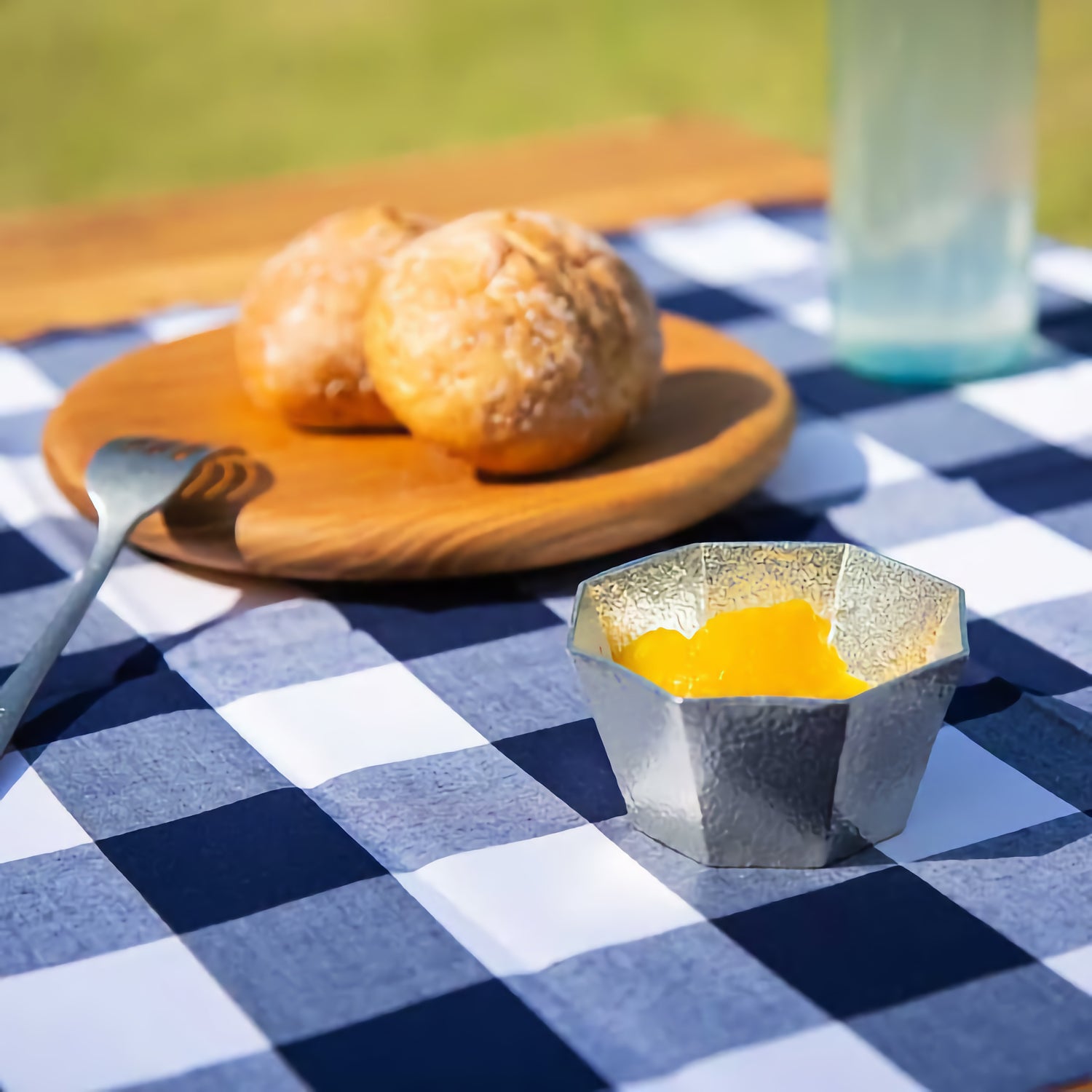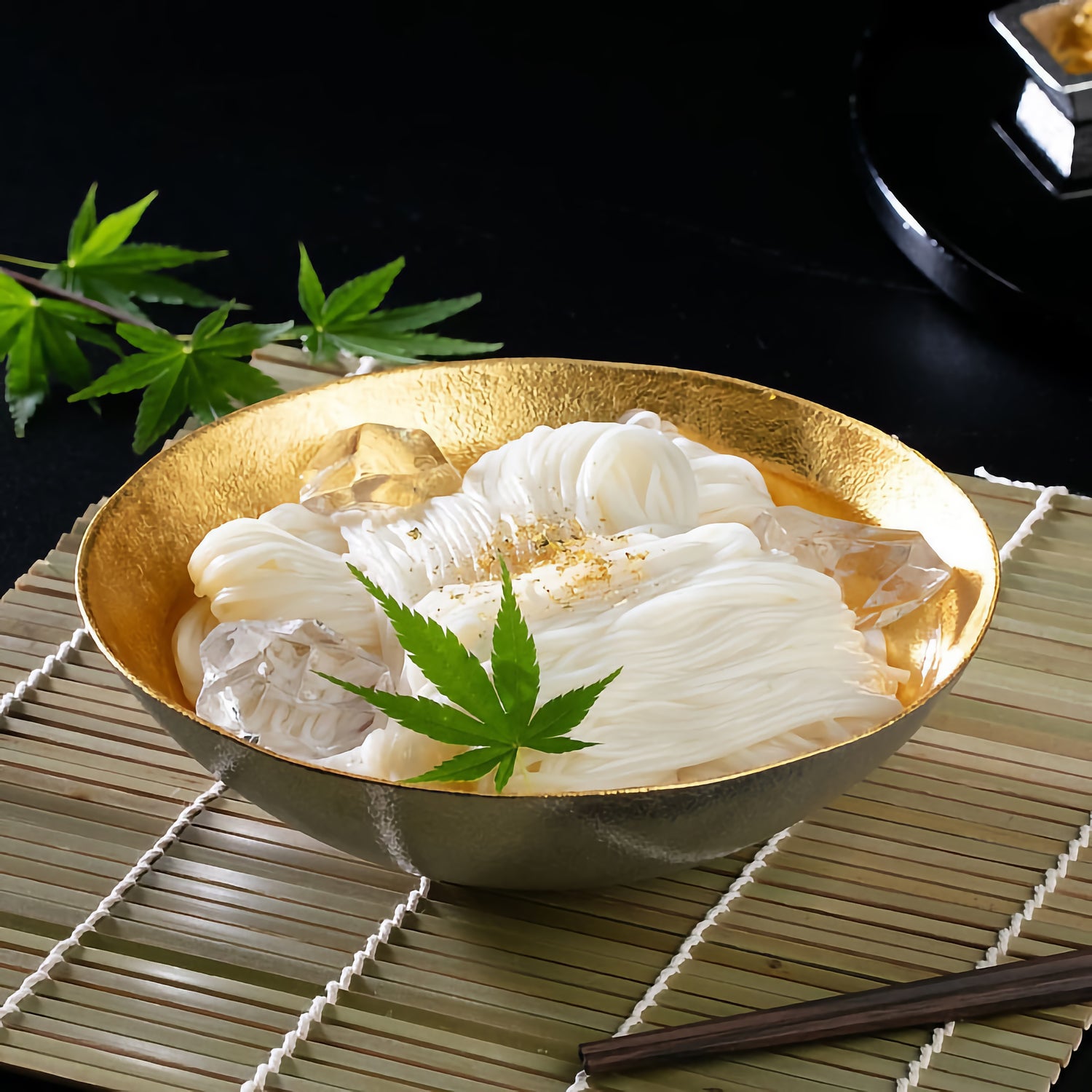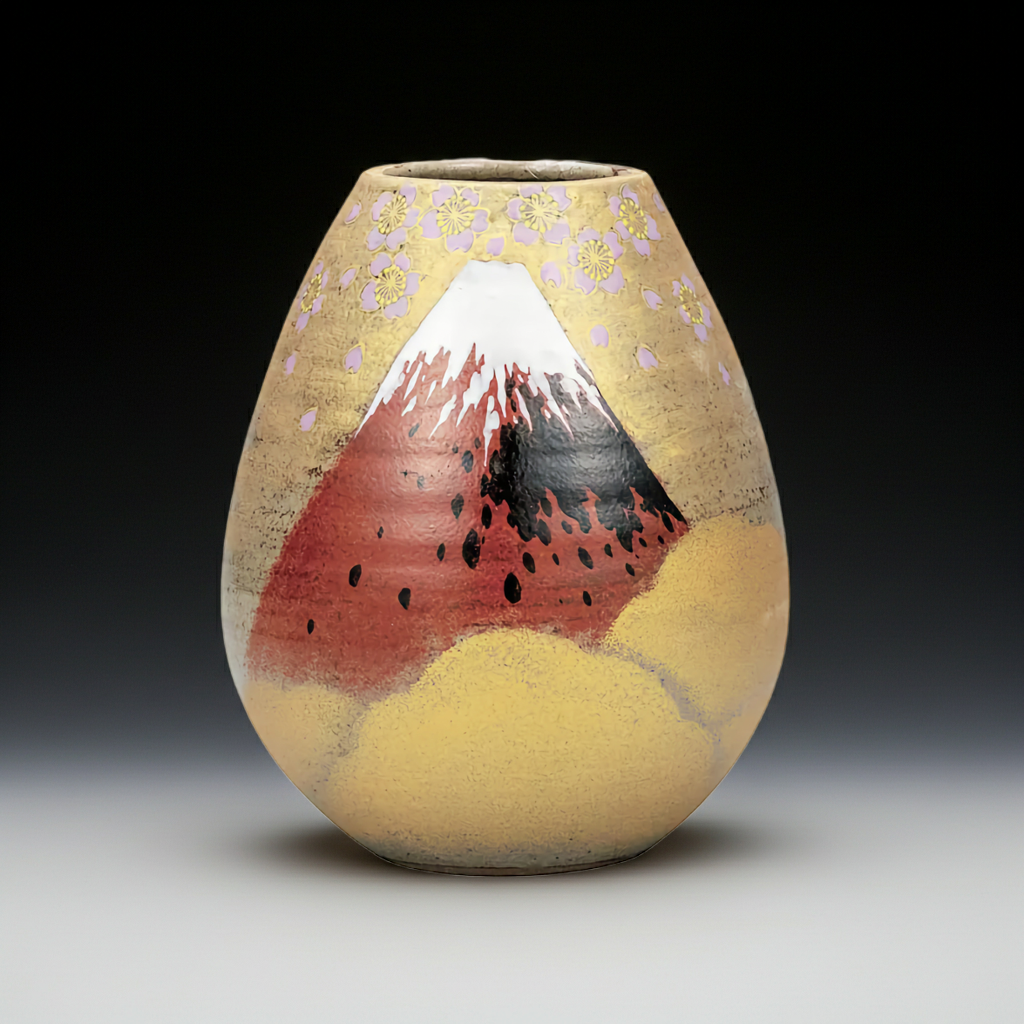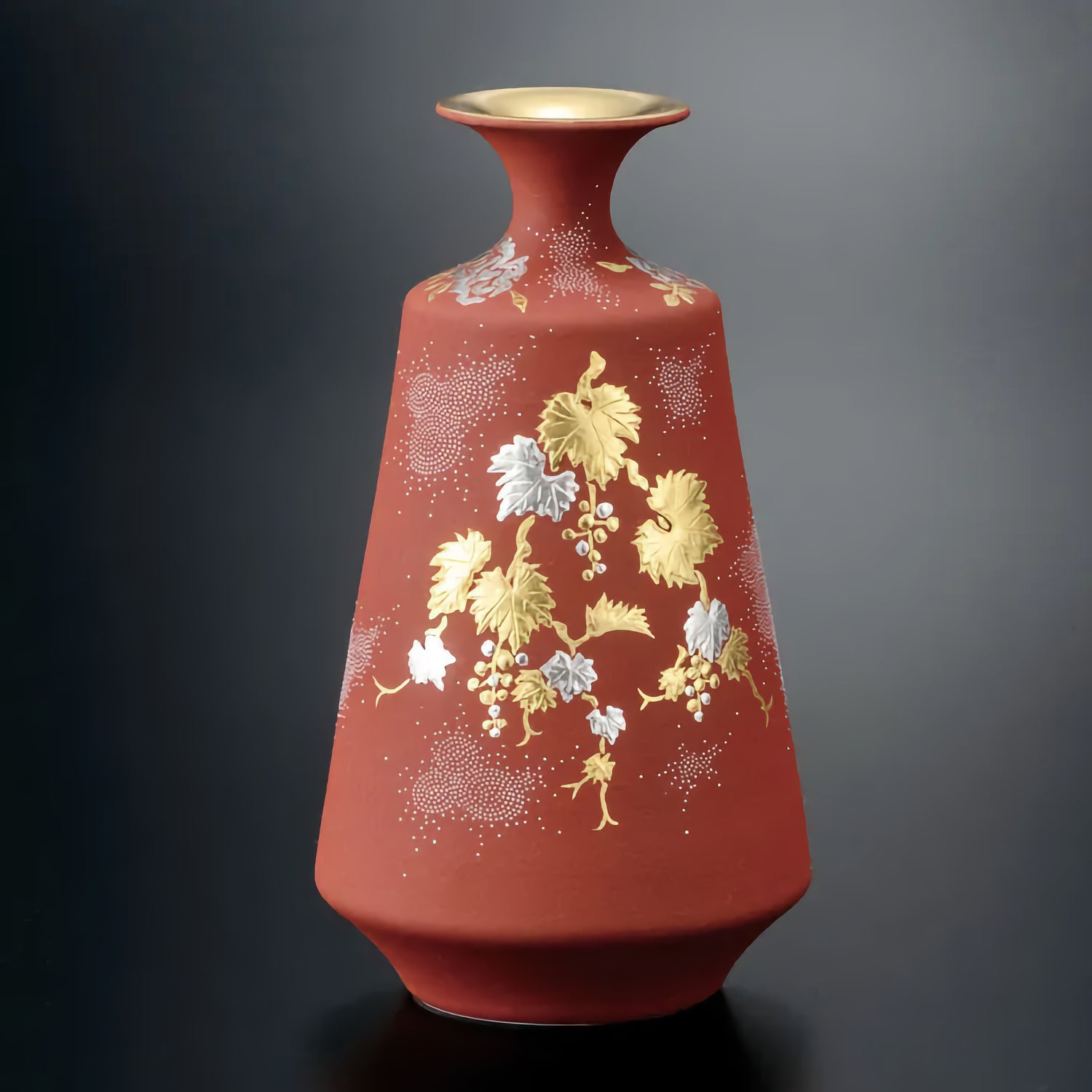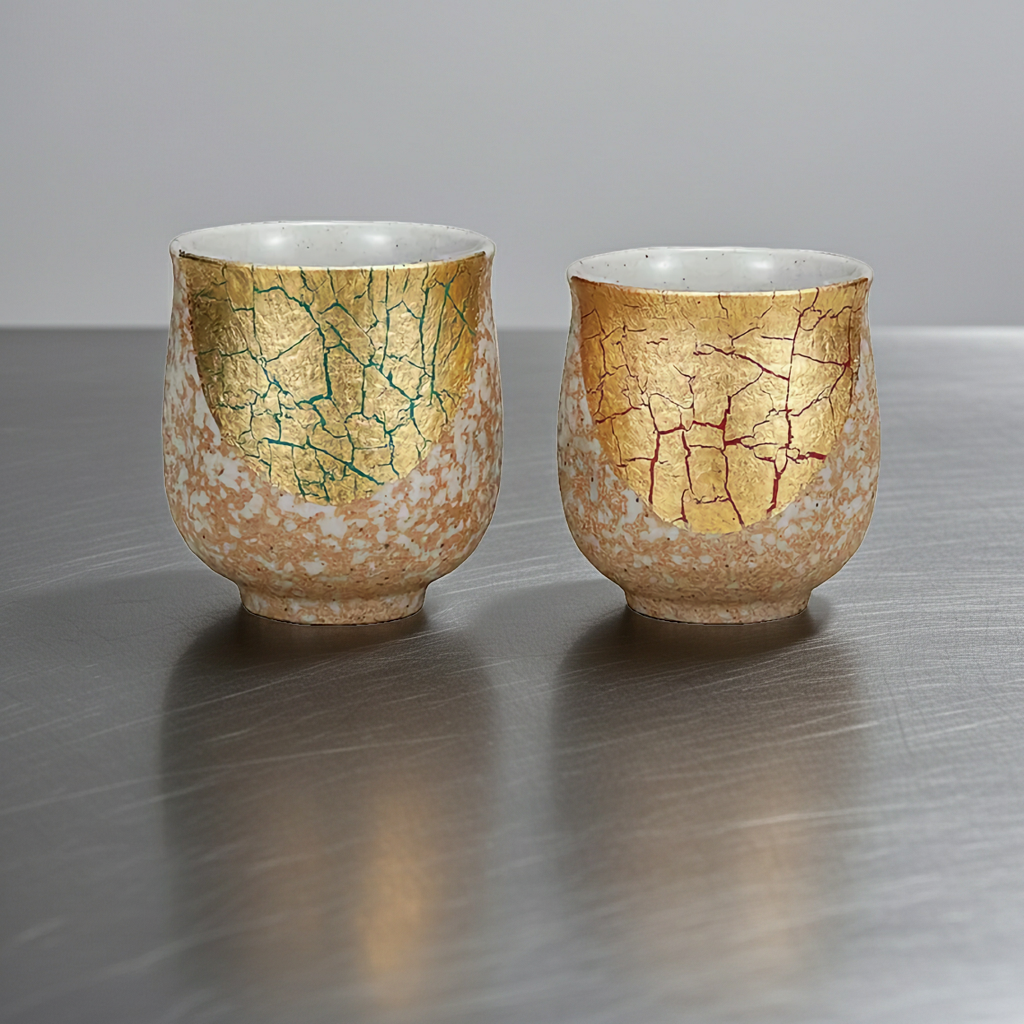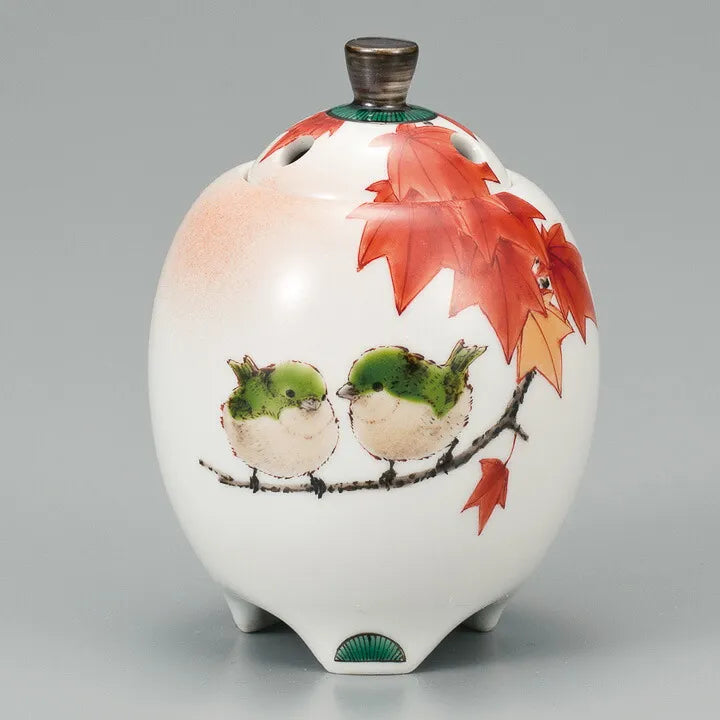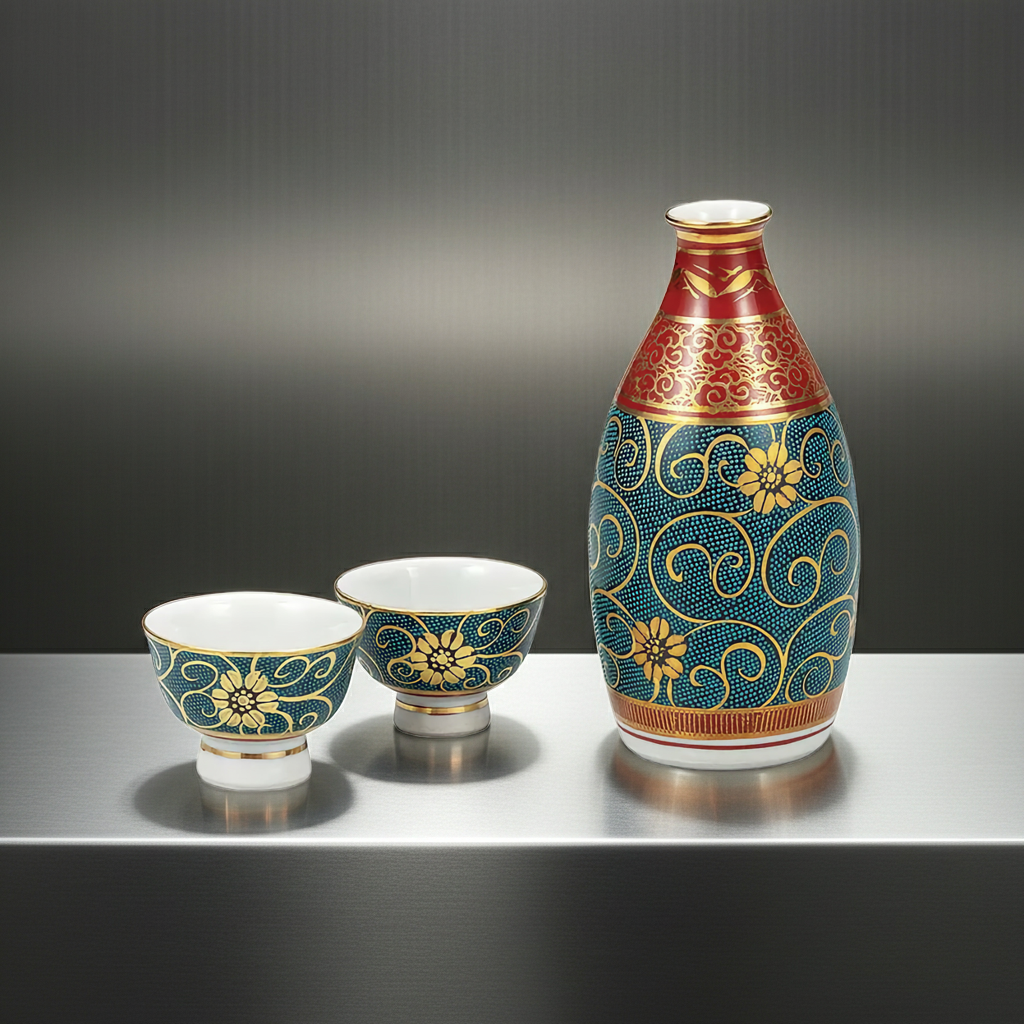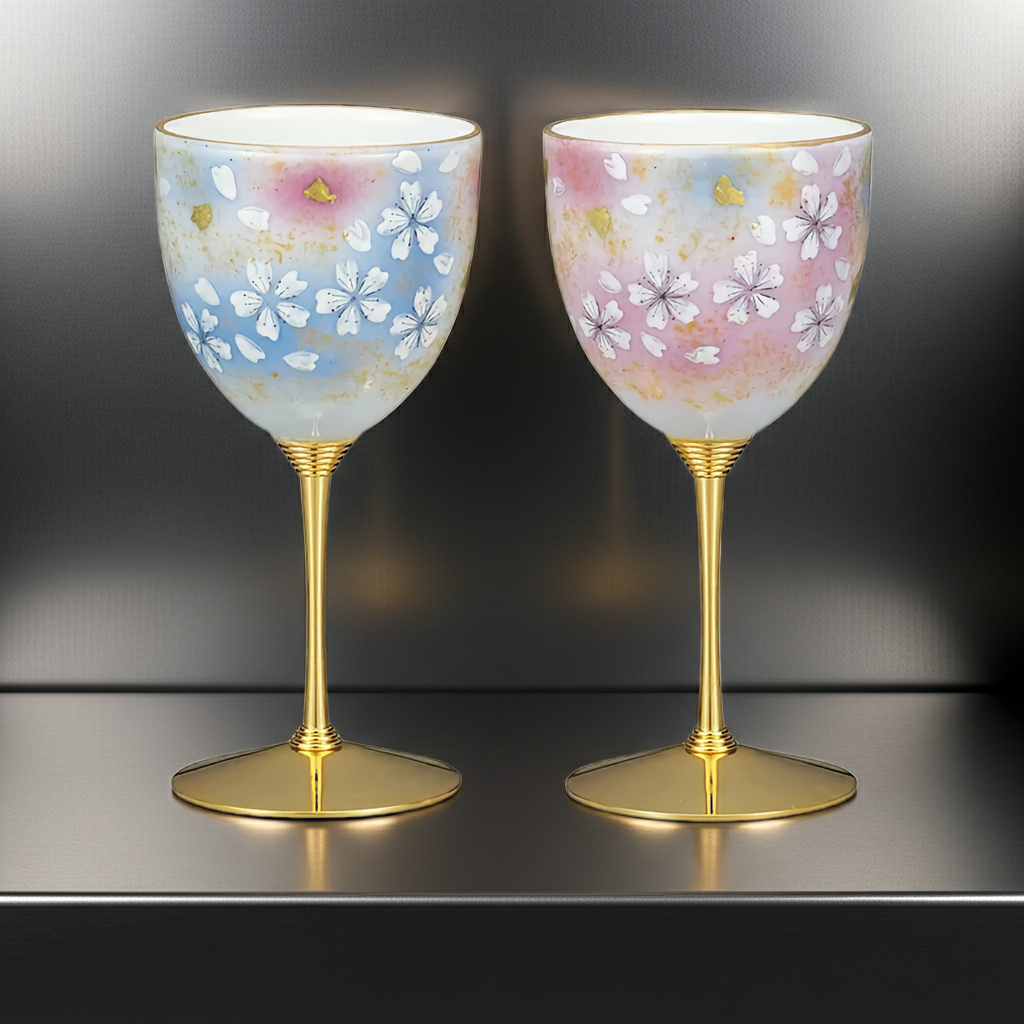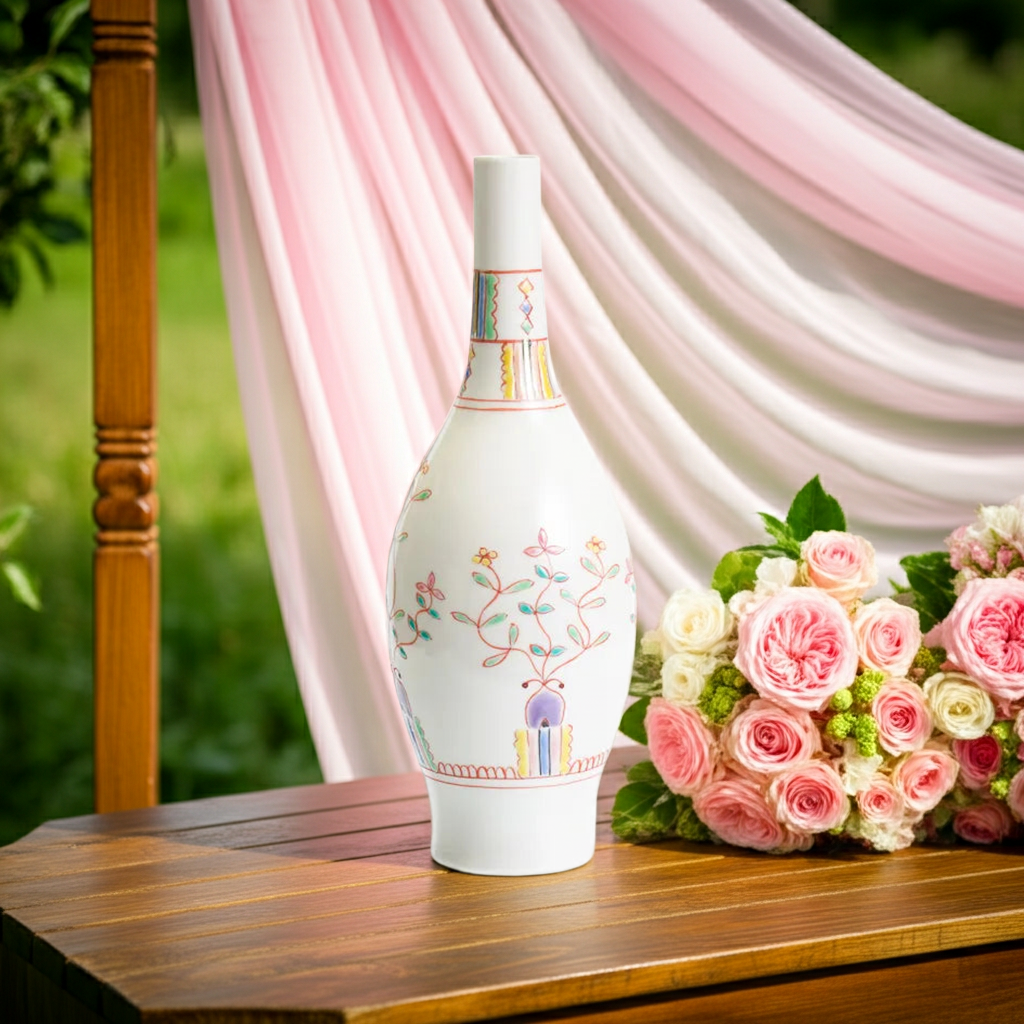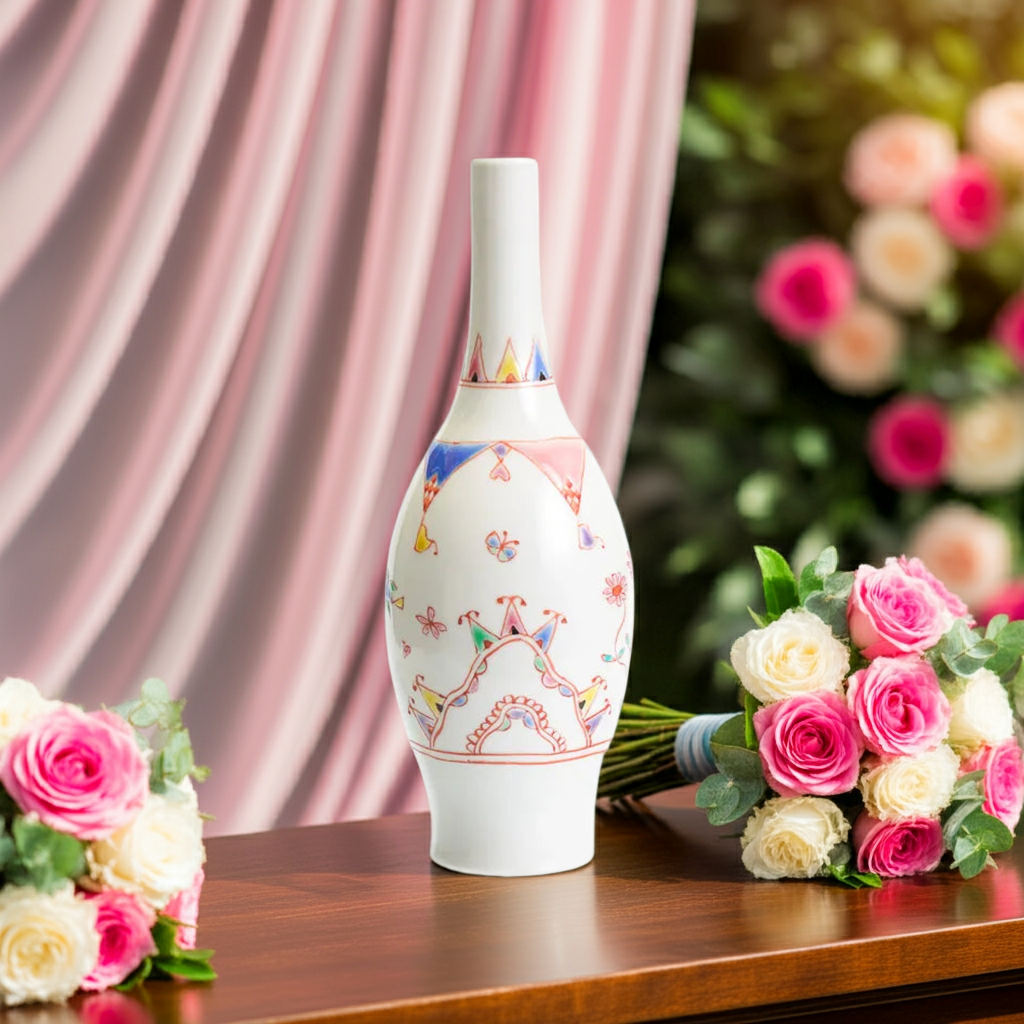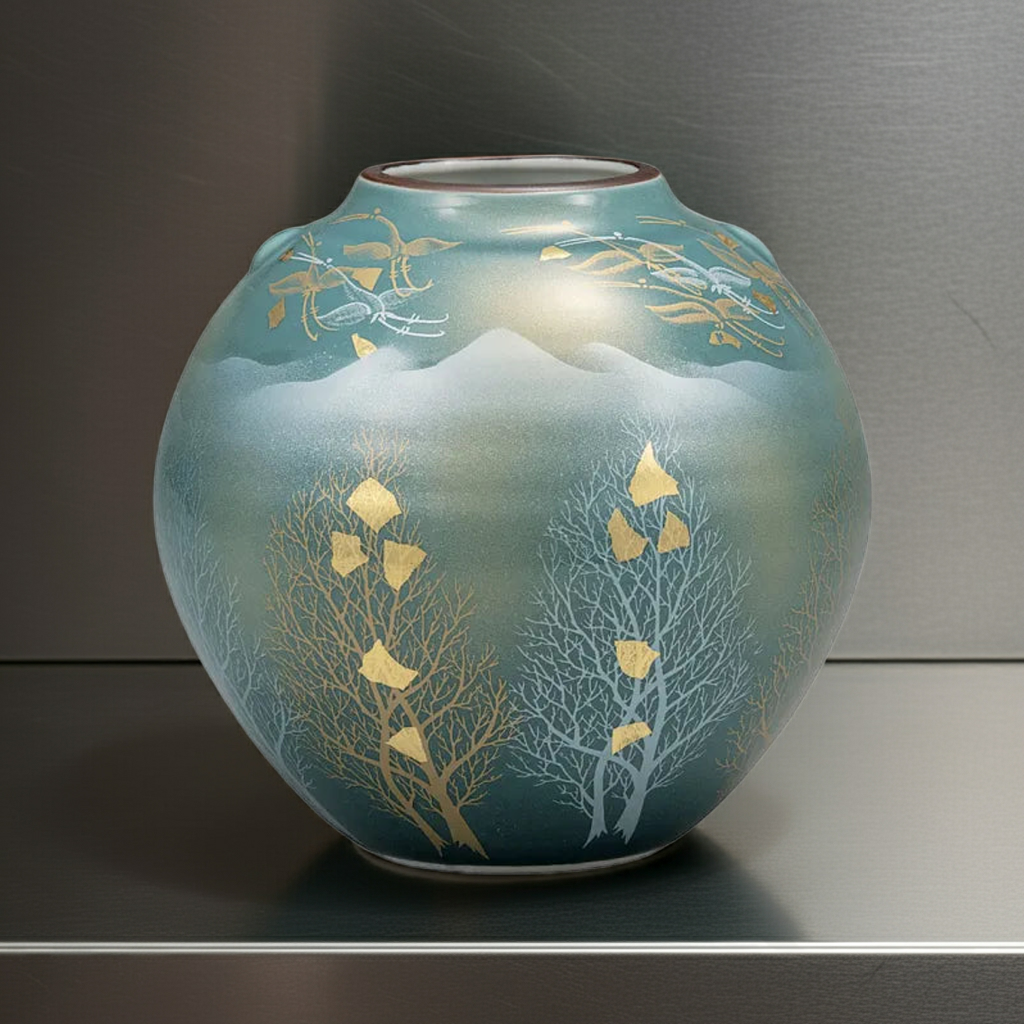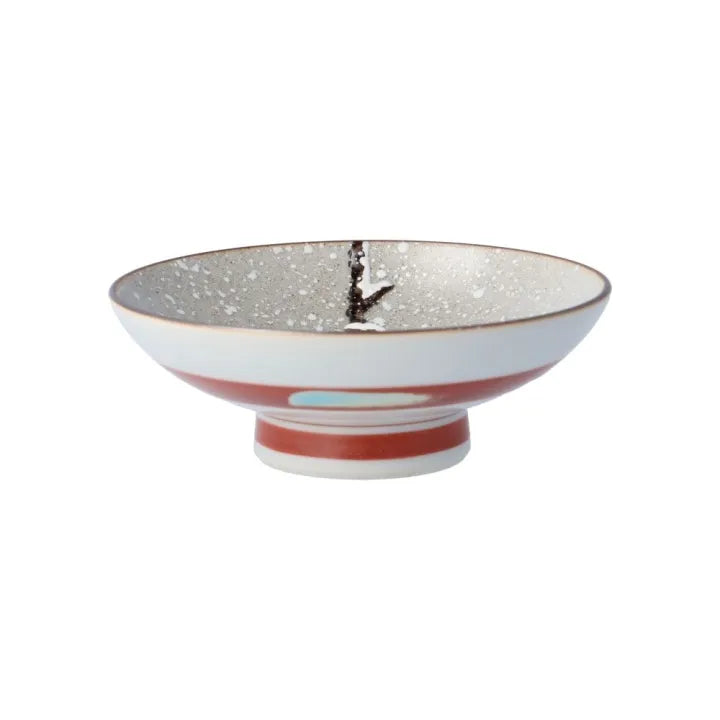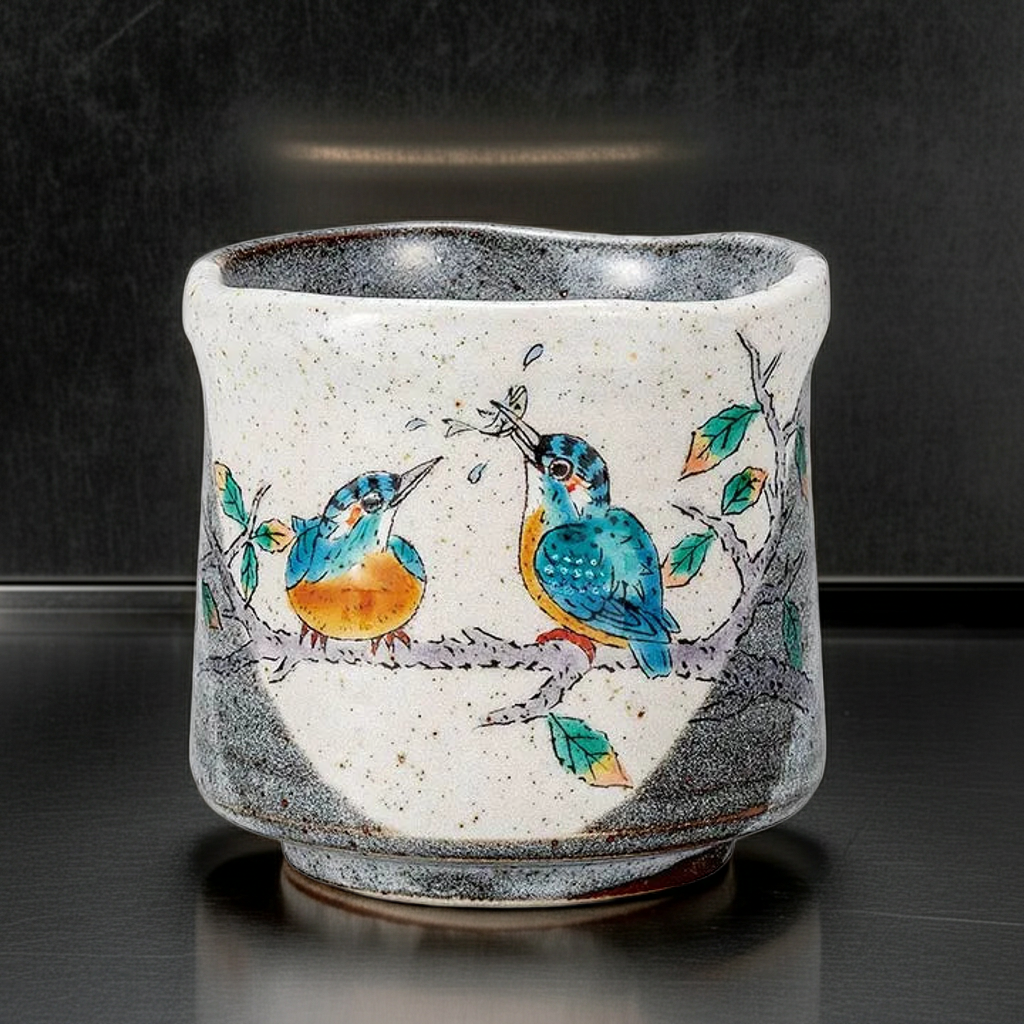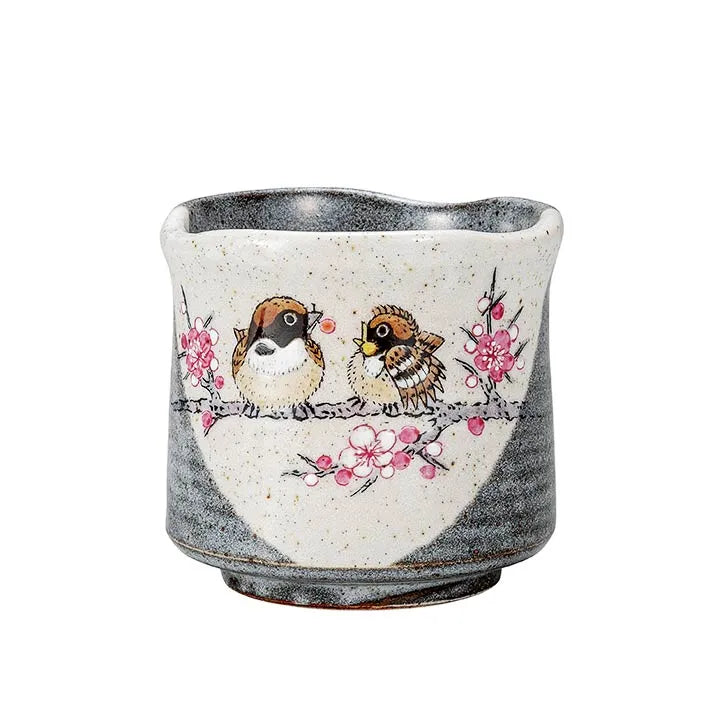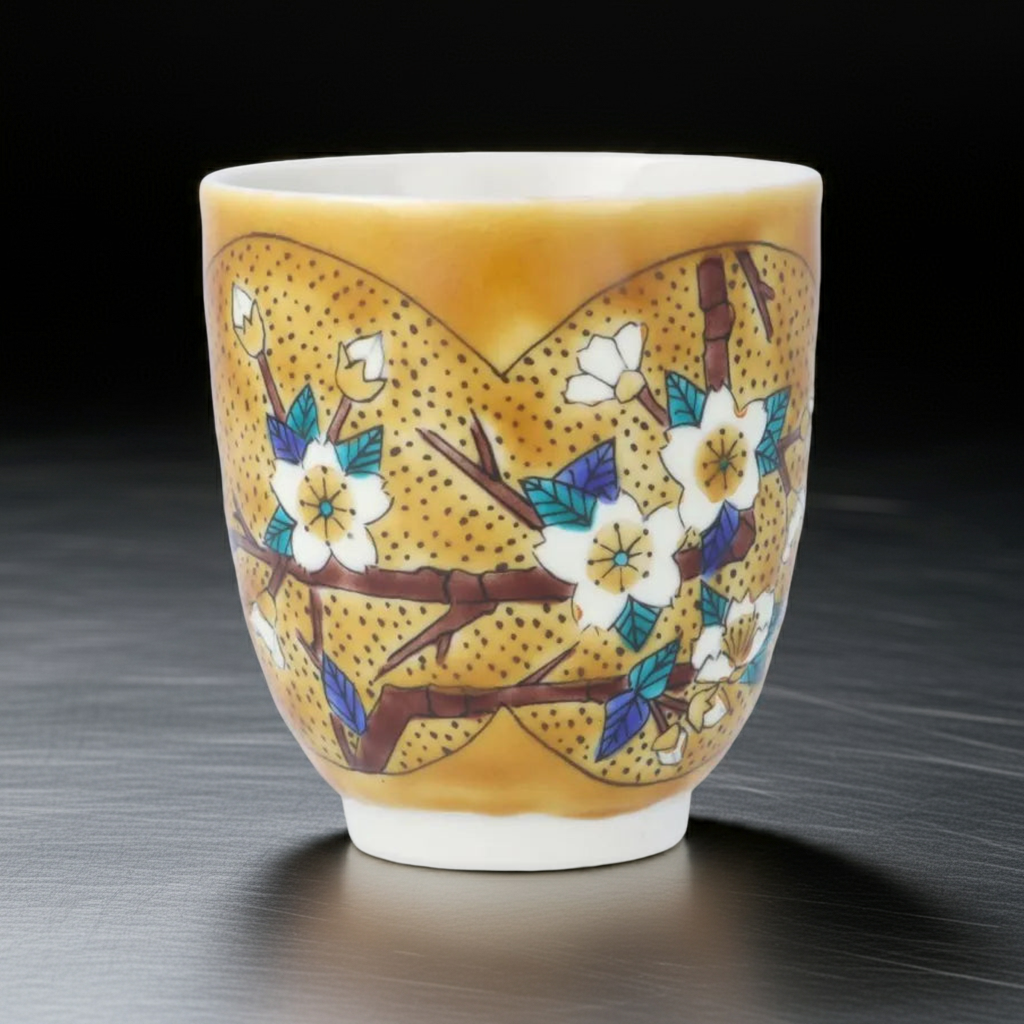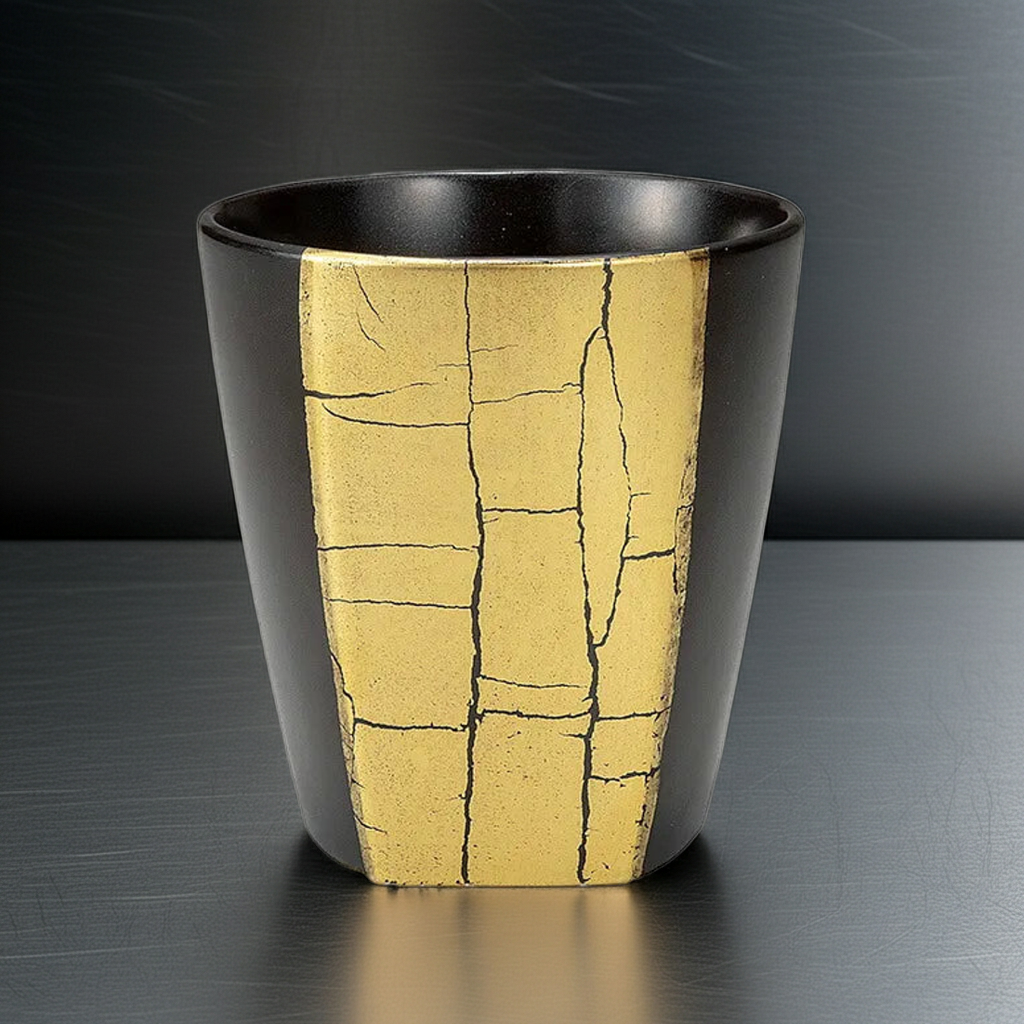Nousaku
In 1916, Nousaku was founded and began manufacturing Buddhist ritual objects, Japanese tea-ceremony utensils and flower vases made of brass and bronze in Takaoka City. The city has flourished since 1609 and built its reputation as the center of the copper industry in Japan over those 400 years.90% of copperware are casted in this city such as giant temple bells and bronze statues, and the copperware made in this city is called “Takaoka Doki” and it is assigned as a traditional craft in Japan.
Our history as “NOUSAKU” brand started in 2002 with the development of the first branded item, a brass bell which was designed by Katusji Nousaku, 4th generation of Nousaku.
The bell was released at a retailer but hardly sold because Japanese people did not use a bell in their home. One day, Katsuji was recommended by a sales staff to transform the bell into a wind chime, because Japanese people use a wind chime in Summer. After the transformation, the wind chime became a big hit, and this episode makes Katsuji decide to develop products fulfilling customer’s requests.

In 2003, Nousaku developed the world’s first 100% pure tin tableware, focusing on the special property of malleability by making use of cultivated technique and experience. A flexible tin basket “KAGO” is the masterpiece of Nousaku and got popularity both inside and outside Japan.
We now manufacture tableware made of 100% pure tin, interior objects, artwork, and medical instruments. As well as respecting and preserving the traditional technique and history, we seek to create products beyond predefined fields to expand the possibility of castings.
Recently viewed
Featured collection
-

Kutani Ware
Kutani ware is a pottery produced in the Kaga region of Ishikawa Prefecture and it has a history of over 350 years. It is characterized by the heavy brilliance of the five colors of green, yellow, red, purple, and navy blue that are applied to the bold and daring lines. Its long history has evolved through the tireless efforts and enthusiasm of people who have sought innovation while maintaining tradition. The beauty of the various styles and methods of painting is known as "Japan Kutani" and is highly regarded around the world.
-

Ginpo
Founded by Ginpo Toki, GINPO is a distinguished brand rooted in the legacy of Banko ware, crafted over four generations since 1932. Despite scarce local resources, relentless innovation and traditional techniques have produced products that seamlessly blend heritage with modern needs. Its signature series—Kikka, Hana Mishima, and Sumi-Kannyu—exemplify both elegance and practicality. With a meticulous five-stage production process combining artisanal skill and technology, GINPO consistently delivers exceptional quality from raw material to finished masterpiece.
-

Gold Leaf
Gold leaf (Kinpaku in Japanese) is an ultra-thin sheet of pure gold, traditionally used in Japanese art and craftsmanship.Each sheet is beaten to a thickness of approximately 0.0001 millimeters, so delicate that it can transmit light.For centuries, gold leaf has been used to adorn Buddhist statues, architecture, paintings, ceramics, and lacquerware, symbolizing eternal brilliance and luxury.In Kutani ware and other traditional crafts, artisans apply gold leaf onto the surface and fire it to create a rich texture and a sense of depth.Renowned for its luster and resistance to tarnish, gold leaf remains a timeless emblem of Japanese elegance and refinement.









